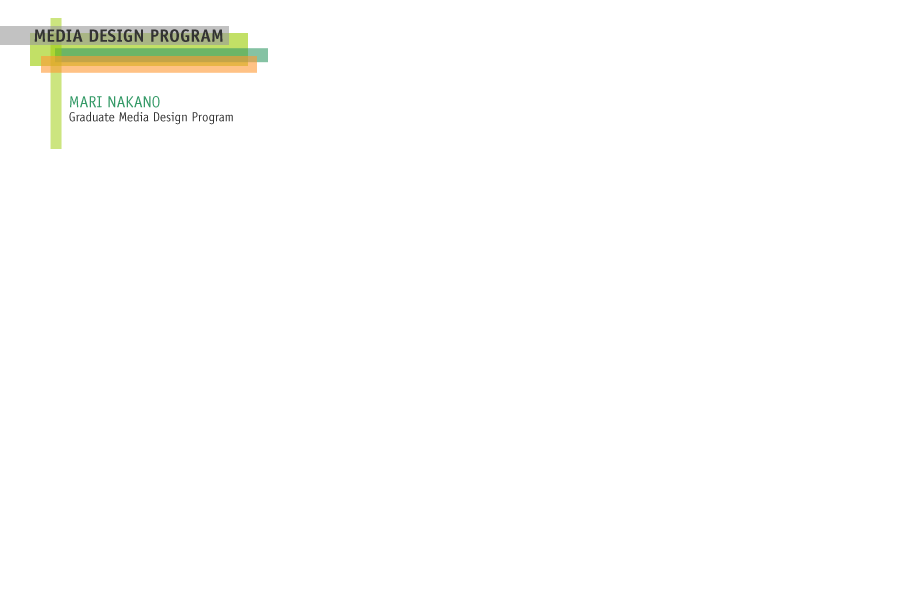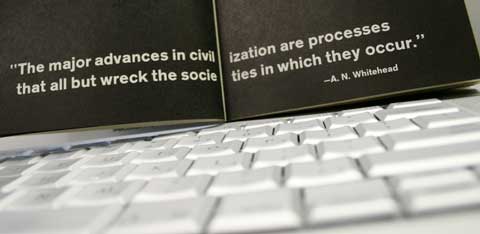

In a world of electronic reproduction, we are surrounded by devices that provide efficiency, speed, directions, variety and near-endless choices. We can
exchange ideas and goods as quickly as we conjure them up, and we can modify those ideas and goods before the previous ideas and goods have had time to
even settle in the consumer market. In this day, we have access to more. We arise in the morning in the market of more and go to sleep thinking about what more will be in the market in the days ahead. How does this type of market serve us well? How has it been destructive? To some, it is not about how perhaps technologies are bombarding our culture, but rather that the public has been granted access to ideas and materials that used to otherwise only be allowed to an exclusive audience. As humans, we are capable of making our own choices free willingly. With the infor-mation to which we have access we should, in essence, be able to utilize these things to make our lives better. We should be able to utilize our accessibilities to move progressively as a mass society.
On the other hand, in the consumer world where we live, we have also been heavily exposed to the idea that despite the accessibility to a plethora of devices meant to enhance our living experiences and our connections to one another,
we are faced with the issue that perhaps this privilege is actually destructing us in
a way where we are losing our connection to life itself, where the meaning or the other possible humanistic benefits of certain technologies doesn’t matter as
long as it allows us to look onward, and as long as it allows us to continue believing that things are getting better, when perhaps things are causing us to digress
as humans.
One can look at technologies today and choose to criticize how these technologies contribute to the destruction of our culture or praise how they contribute to the enhancement of our society. As media designers, we need to study and utilize those criticisms so we can understand whether or not our own creations will be adding meaning to our world or will be strengthening and supporting a façade of what the world seems to be. We have an obligation not only to use media design as a means to provide meaning and purpose for our world, but we also must use it
as a means to disseminate and resurrect truths that have been frosted over with the icings of technology. We must also refer to the pioneers in print, photography and the moving image and observe how their manifestos, how their stark and memorable designs affected their eras and changed the course of politics, society and the economy. And we should take into consideration how these designers and artists immersed themselves into their art, professing how their mediums were capable of communicating powerful messages not normally disseminated in mainstream media. The reasoning for this is because it is not only our ability as media designers to research and uncover answers in new ways, but it is also our passion behind our endeavors that will allow us to be innovative enough to outsmart a materialistic and superficial market.
As media designers, we must do simply that – design media. To further our role, we must design or redesign forms of media that allow the consumer to explore
and create their own meaningful experiences within themselves and with the world around them. More deeply, we should strive to transition the consumer out of the role of a simple consumer of meaning and into the role of a producer of true meaning…into a role where rather than being influenced to believe certain norms, they can feel empowered to interpret what is beneficial, what is true, what is necessary, and what is reality to them and to the world around them.